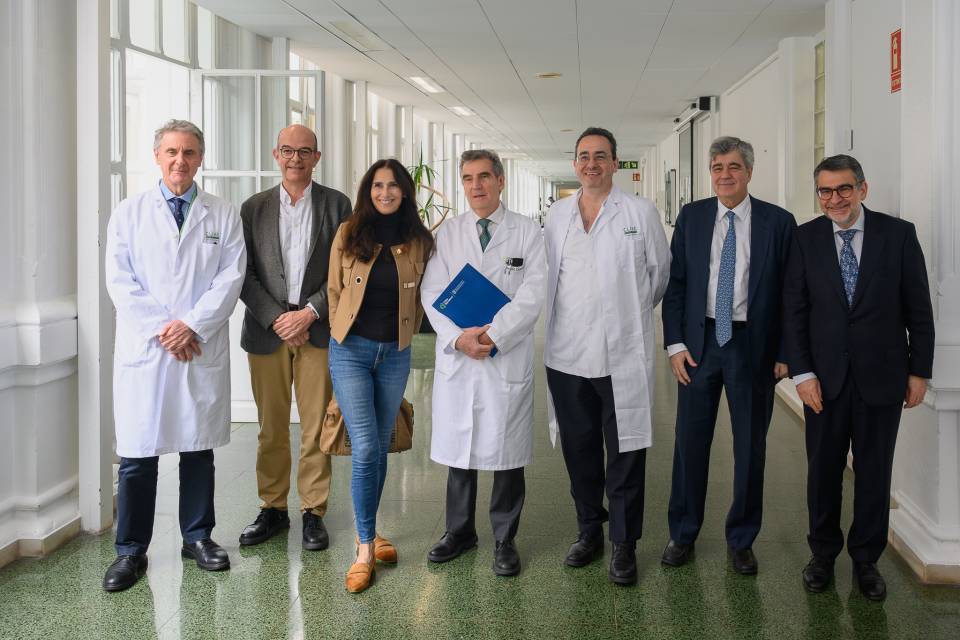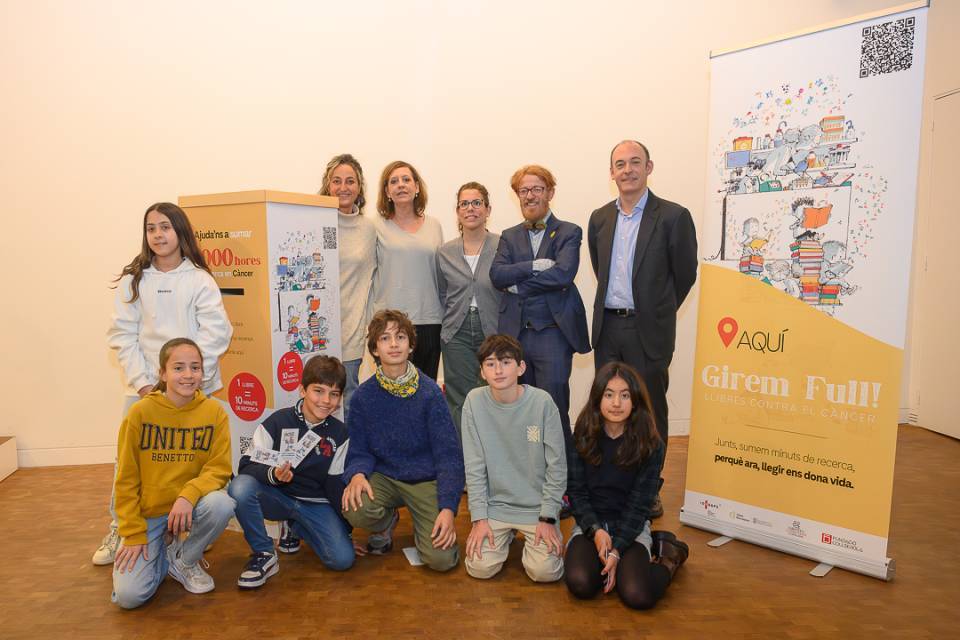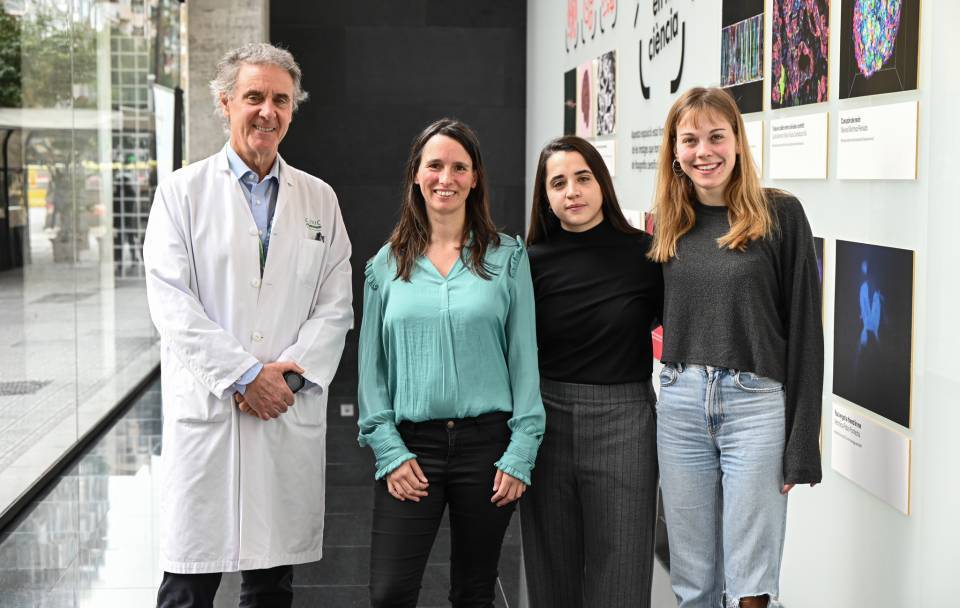Substantiated information by:

Mariona Pascal Capdevila

Sergio Navarro Velázquez
Published: 21 September 2023
Updated: 21 September 2023
Subscribe
Receive the latest updates related to this content.
Thank you for subscribing!
If this is the first time you subscribe you will receive a confirmation email, check your inbox
An error occurred and we were unable to send your data, please try again later.


